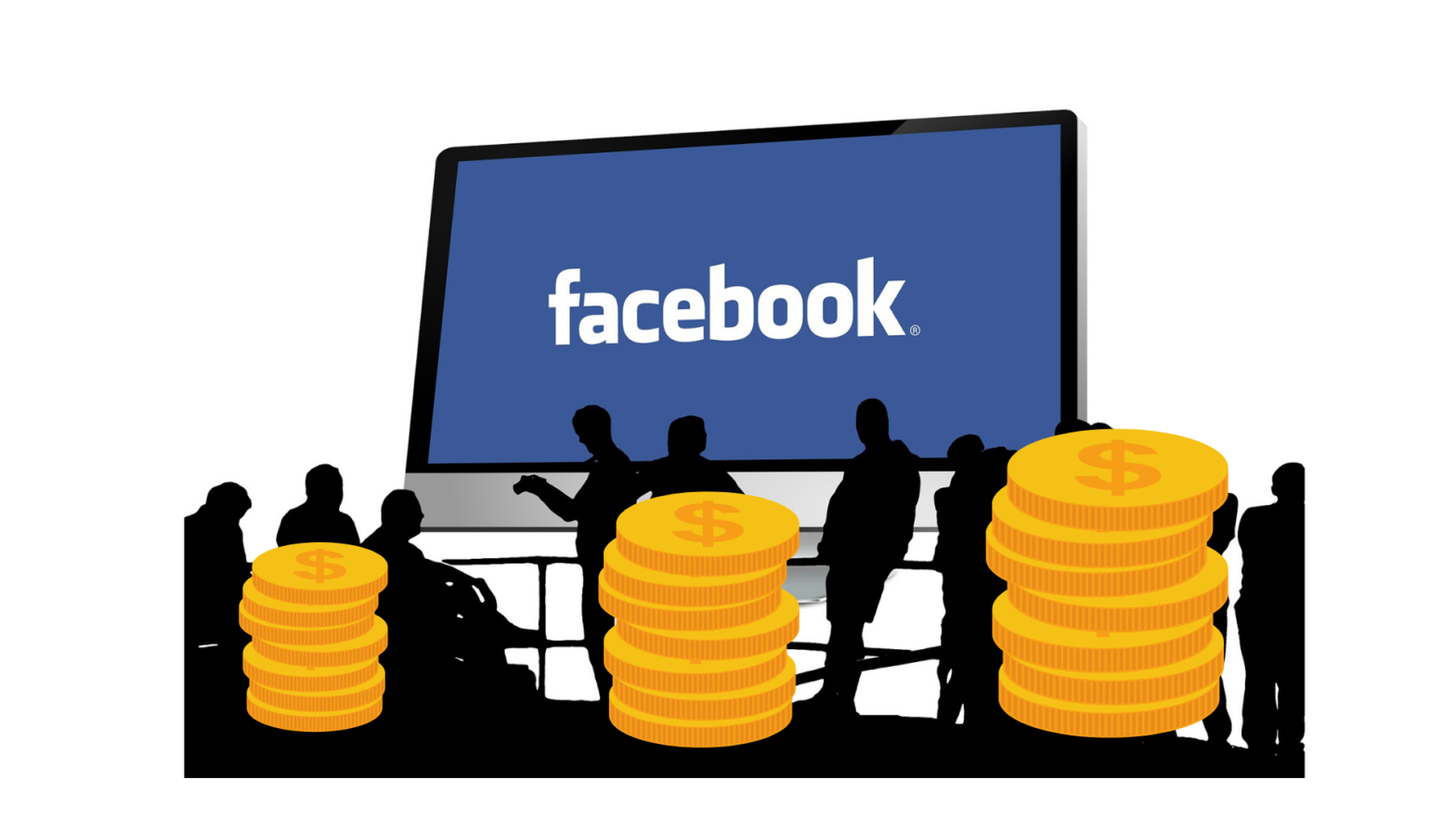Preliminary financial reports on campaign expenses of candidates in the second round of presidential elections in Croatia again do not reflect the real costs of advertising on social networks.
The reports show the same problems with social media advertising as the reports before the first round – costs for social media campaigns are either still not showed or not showed properly, and money-flow is difficult to track.
The total cost of the campaign to date on social networks for the two candidates competing in the second round of elections amounts to more than 118 thousand euros. Candidate Zoran Milanovic reported 102,800 euros for advertising on Facebook, Instagram and Google, which is slightly less than 50 percent of the total costs reported in his campaign.

During the campaign, Milanovic did not spend on advertising in print, on television or electronic portals, while his rival candidate and current president, Kolinda Grabar-Kitarovic, invested most of 135.135 euros in television advertising. As for social networks, she reported only advertising on Google in an amount that is difficult to determine because it is listed in the wrong report category.

It is still difficult to compare these data with political advertising data published by the social networks and digital platforms themselves. It’s not possible to choose the exact date range of your ad’s posting in Facebook’s Ad Library report (so it can’t just target the campaign period), and it’s also not easy to get a total spend on Google’s database.
It is important to place a political campaign on social networks in the right category
The incumbent President Kolinda Grabar-Kitarovic, just like in the first round of elections, did not follow the provisions of the new Rulebook when filling out the financial report. According to rules, social network costs are reported as a separate category. Specifically, she again put campaign costs on Google in the “media advertising” category instead of the category of “costs” on social networks, which means that we have less information on the Google campaign itself (missing information about the advertising period, for example). This time, the data itself is confusing as it states a “discounted amount” to Google of 19,811 euros, and the “amount without discount” 15.810 euros.

In addition, Grabar-Kitarovic has not yet reported advertising on Facebook and Instagram in the financial statements, although it is clear from the Facebook Ad Library that she had an elaborate paid campaign on these social networks.
It is important to report political ads for each social network separately
Candidate Zoran Milanovic also repeated first-round mistakes in new reports. Although the Election Expenditure Report Form provided a box for “Social Network Name” and all networks could be listed separately, Zoran Milanovic also recorded data in this round. This means that it is still impossible to determine how much money has gone to which company (it has advertised on Facebook, Instagram and Google) so it cannot be compared with data published by the social networks and digital platforms themselves.

*All information from the preliminary financial statements on donors, expenses and media discounts in the presidential campaign is available in Gong’s searchable database.
*This report has been produced with the financial assistance of NEF-Civitates. The report is based on a DRI outline. The contents of this report are the sole responsibility of the Gong and can under no circumstances be regarded as reflecting the position of NEF-Civitates.


